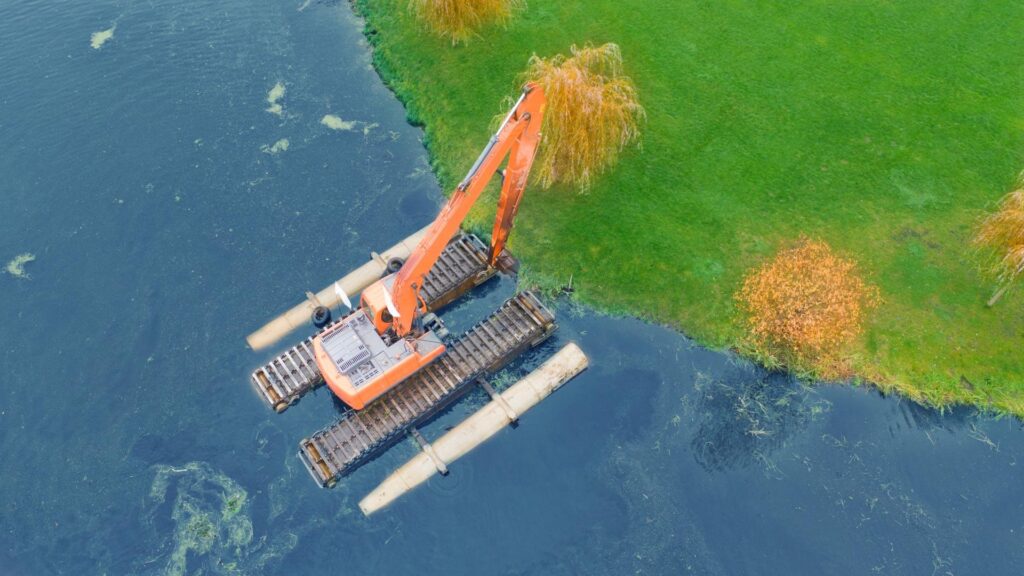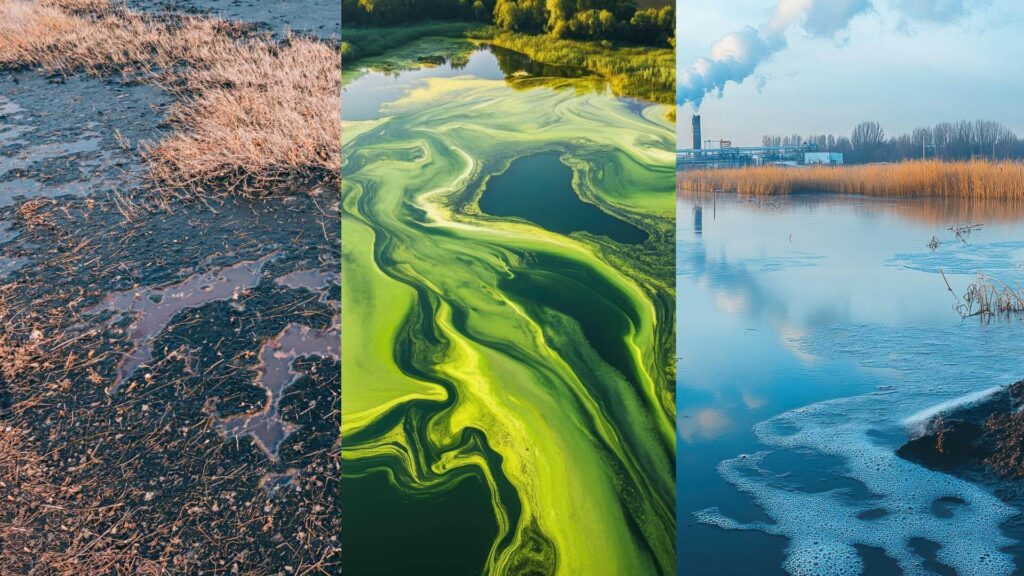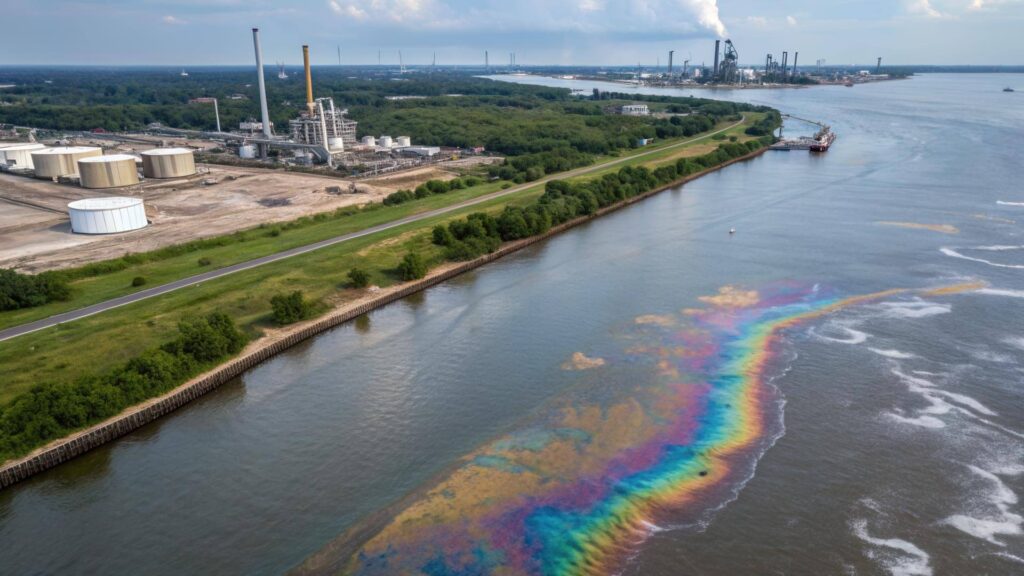Sustainable development is a critical global priority aimed at meeting present needs without compromising the ability of future generations to meet their own. It encompasses a balanced approach to economic growth, social equity, and environmental protection. Achieving this balance requires addressing the environmental challenges posed by pollution, habitat degradation, and resource depletion. This is where environmental remediation plays a pivotal role.
Environmental remediation focuses on identifying, containing, and removing pollutants from contaminated sites, such as soil, water, and air. By restoring these ecosystems, remediation efforts help mitigate environmental risks, improve public health, and promote sustainable growth. Environmental remediation services have become indispensable in industries and communities that aim to reverse the damage caused by industrial activity, urban development, and natural disasters.
Environmental remediation companies are at the forefront of these efforts, providing specialized expertise and innovative technologies to tackle complex contamination issues. These companies work closely with governments, businesses, and communities to design and implement effective remediation strategies.
This blog explores the critical role of environmental remediation in sustainable development. It highlights the importance of environmental remediation services and showcases how environmental remediation companies contribute to creating cleaner, safer, and more sustainable environments for future generations.
What is Environmental Remediation?

Environmental remediation refers to the process of identifying, removing, or containing contaminants from soil, water, and air to restore ecosystems and reduce the risks associated with pollution. This essential practice is a cornerstone of sustainable development, as it addresses environmental degradation caused by industrial activities, urbanization, and other human actions. By mitigating pollution, environmental remediation helps protect public health, enhance biodiversity, and ensure compliance with environmental regulations.
There are three primary types of contamination that environmental remediation targets:
- Soil Contamination
Soil remediation focuses on removing harmful substances such as heavy metals, pesticides, and hydrocarbons that can degrade land quality and harm ecosystems. Techniques such as excavation, bioremediation, and chemical treatments are used to restore soil health. - Water Contamination
Water remediation involves treating groundwater and surface water polluted by chemicals, industrial waste, or oil spills. This process ensures access to safe drinking water and protects aquatic ecosystems. - Air Contamination
Air remediation addresses pollutants like industrial emissions, volatile organic compounds, and other airborne toxins to improve air quality and reduce respiratory health risks.
Environmental remediation services play a crucial role in tackling these issues. These services provide tailored solutions to clean up contamination while ensuring adherence to environmental standards. They also help businesses avoid penalties and maintain their social responsibility.
Environmental remediation companies are at the forefront of this work, offering the expertise and innovative technologies needed to address complex pollution challenges. By partnering with environmental remediation companies, industries and communities can effectively restore ecosystems, promote public health, and contribute to the broader goals of sustainability. Their efforts are integral to reversing the impacts of pollution and fostering cleaner, safer environments for future generations.
The Role of Environmental Remediation in Sustainable Development

Environmental remediation is a vital component of sustainable development. It directly addresses the environmental challenges that threaten ecosystems, public health, and economic stability. By aligning with the goals of sustainable development, remediation efforts help balance environmental protection, economic growth, and social well-being.
One key way that environmental remediation contributes to sustainability is by reducing environmental risks and restoring degraded ecosystems. Contaminated soil, water, and air can disrupt biodiversity and harm human populations. Through targeted environmental remediation services, pollutants are removed or contained, allowing ecosystems to recover and thrive. These efforts support global biodiversity goals and ensure healthier environments for communities.
Remediation efforts promote economic growth in addition to their environmental benefits. Revitalizing contaminated sites, such as abandoned industrial properties or polluted urban areas, opens up opportunities for redevelopment and land reuse. These sites can be transformed into parks, commercial centers, or residential developments, driving economic activity and job creation. By leveraging environmental remediation services, governments and businesses can unlock the economic potential of previously unusable land.
Environmental remediation companies play a pivotal role in advancing sustainability through innovative practices. For example, some companies utilize cutting-edge technologies such as bioremediation and phytoremediation, which use natural organisms to clean up pollution. Others integrate advanced monitoring systems to ensure efficiency and precision in their efforts. By offering specialized expertise and adopting sustainable approaches, environmental remediation companies are key partners in the global mission to achieve sustainable development.
In conclusion, environmental remediation services not only mitigate the impacts of pollution but also foster long-term sustainability by protecting ecosystems, improving public health, and driving economic revitalization. Their role is critical in creating cleaner, safer, and more sustainable environments for present and future generations.
Types of Environmental Remediation Services

Environmental remediation encompasses a variety of specialized services aimed at restoring ecosystems and mitigating pollution. Environmental remediation companies offer tailored solutions to address contamination in soil, water, and air, ensuring that environmental and public health standards are met. Here are the key types of remediation services:
- Soil Remediation
Soil remediation focuses on removing or stabilizing contaminants such as heavy metals, hydrocarbons, and pesticides that pose risks to agriculture, wildlife, and human health. Environmental remediation companies use techniques like excavation, thermal desorption, and bioremediation to restore soil quality and make it safe for use. - Water Remediation
Contaminated water, whether groundwater or surface water, requires immediate attention to protect aquatic ecosystems and public health. Environmental remediation services for water include pump-and-treat systems, chemical oxidation, and in-situ bioremediation, which neutralize or remove harmful pollutants like industrial chemicals, oil, and wastewater. - Air Remediation
Addressing air contamination is critical in industrial and urban settings. This involves treating emissions from factories, reducing volatile organic compounds, and improving indoor air quality. Environmental remediation companies employ technologies such as carbon filtration, air scrubbers, and advanced monitoring systems to control airborne pollutants.
Advanced techniques such as phytoremediation, nanotechnology-based solutions, and AI-driven monitoring systems further enhance the effectiveness of environmental remediation services. These innovations allow for more precise, efficient, and eco-friendly remediation processes.
By offering comprehensive solutions across soil, water, and air, environmental remediation companies play a pivotal role in addressing complex pollution challenges. Their expertise ensures that contaminated environments are not only cleaned but also restored to sustainable, functional ecosystems.
The Role of Environmental Remediation Companies
Environmental remediation companies are indispensable in tackling complex pollution challenges and ensuring sustainable development. Their specialized expertise, advanced technologies, and tailored approaches make them essential partners in restoring contaminated sites and promoting environmental health.
One key advantage of hiring specialized environmental remediation companies is their ability to assess contamination comprehensively. These companies conduct detailed site investigations, including soil, water, and air testing, to identify pollutants and their extent. Based on these findings, they develop customized environmental remediation services that address the site’s specific needs while minimizing environmental disruption.
Collaboration is another critical role played by these companies. They work closely with governments to comply with environmental regulations, industries to manage pollution risks, and communities to address local environmental concerns. This collaboration ensures that remediation projects align with broader sustainability goals and community priorities.
Numerous examples showcase the success of environmental remediation companies in transforming contaminated sites. For instance, abandoned industrial lands, once deemed unusable, have been restored and repurposed into parks, commercial spaces, and residential developments. In water remediation, companies have successfully cleaned up polluted rivers and groundwater, making them safe for both ecosystems and human use.
Moreover, these companies bring innovative practices to the table, such as using bioremediation and phytoremediation for eco-friendly solutions or leveraging advanced monitoring technologies for precision. Their ability to adapt to changing environmental challenges ensures the effectiveness of their environmental remediation services.
In conclusion, environmental remediation companies are critical for addressing pollution, restoring ecosystems, and driving sustainability initiatives. Their expertise ensures effective solutions that benefit both the environment and the communities they serve.
Challenges in Environmental Remediation

Environmental remediation projects, while essential for sustainable development, often face numerous challenges that can complicate the process. Addressing these obstacles requires expertise, innovation, and adaptability, which environmental remediation services are designed to provide.
One of the most significant challenges is the high costs of remediation. Cleaning up contaminated sites can be expensive, especially when dealing with large-scale projects or complex pollution scenarios. Environmental remediation companies tackle this issue by employing cost-efficient techniques, such as bioremediation and in-situ methods, that reduce labor and material expenses while maintaining effectiveness.
Another hurdle is technological limitations in addressing certain contaminants. Pollutants like heavy metals or persistent organic compounds can be challenging to remove with conventional methods. Environmental remediation services have adapted by integrating advanced technologies, such as nanotechnology for contaminant neutralization or AI-based systems for real-time monitoring, to improve the accuracy and efficiency of remediation efforts.
Environmental laws and regulations vary widely by region, posing significant regulatory and permitting hurdles. These legal processes can delay projects and add to their complexity. Environmental remediation companies help navigate these challenges by ensuring compliance with local, state, and federal regulations, streamlining the permitting process, and minimizing delays.
Environmental remediation services have become increasingly adept at overcoming these obstacles by embracing innovation and efficiency. From reducing costs through new techniques to adopting advanced technologies for addressing stubborn contaminants, environmental remediation companies continue to evolve to meet the demands of modern environmental challenges. Their ability to adapt ensures that remediation efforts remain effective and aligned with sustainability goals, even in the face of significant difficulties.
Benefits of Environmental Remediation Services
Environmental remediation services offer many benefits, from environmental and social improvements to economic gains. These advantages are integral to achieving sustainable development goals by creating healthier, more functional environments for present and future generations.
One of the most significant environmental benefits is improving air, soil, and water quality. Environmental remediation companies restore ecosystems and enhance biodiversity by removing pollutants and contaminants. Cleaner water bodies, healthier soil, and improved air quality not only support wildlife but also reduce the risks of environmental degradation and climate change.
The social benefits of remediation efforts are equally impactful. Reducing exposure to toxic substances in contaminated areas directly enhances public health. Communities benefit from improved well-being, reduced healthcare costs, and increased access to safe recreational spaces. Environmental remediation companies often work closely with local communities to address their concerns, ensuring remediation projects are inclusive and beneficial to all stakeholders.
On the economic front, the redevelopment of contaminated sites can drive significant growth. Revitalized lands are often repurposed for residential, commercial, or recreational uses, creating jobs and boosting property values. Environmental remediation services enable businesses and governments to unlock the potential of once-polluted areas, attracting investment and fostering economic resilience.
These combined benefits contribute directly to sustainable development goals by addressing environmental challenges, improving quality of life, and fostering economic opportunities. Environmental remediation companies play a critical role in achieving these outcomes, offering expertise and innovative solutions that align with global sustainability efforts. Through their work, contaminated environments are transformed into valuable assets that benefit both nature and society.
Conclusion
Environmental remediation is an essential pillar of sustainable development. It addresses the urgent need to tackle pollution, restore ecosystems, and protect public health. By mitigating the impacts of contaminated air, soil, and water, remediation efforts pave the way for healthier environments, revitalized communities, and economic opportunities. It is a vital process for ensuring a balance between environmental protection, social well-being, and economic growth.
Environmental remediation companies play a critical role in this endeavor, offering specialized expertise, innovative technologies, and tailored solutions to address complex contamination challenges. Their work ensures that remediation projects are efficient, effective, and aligned with sustainability goals. By collaborating with governments, industries, and local communities, these companies not only restore degraded environments but also help create lasting positive impacts.
As the challenges of pollution and environmental degradation continue to grow, businesses and communities must take proactive steps. Investing in environmental remediation services is not just about compliance with regulations—it is about contributing to a cleaner, healthier, and more sustainable future for all. By prioritizing environmental remediation as part of sustainability initiatives, we can collectively ensure that natural resources and ecosystems are preserved for generations to come.



